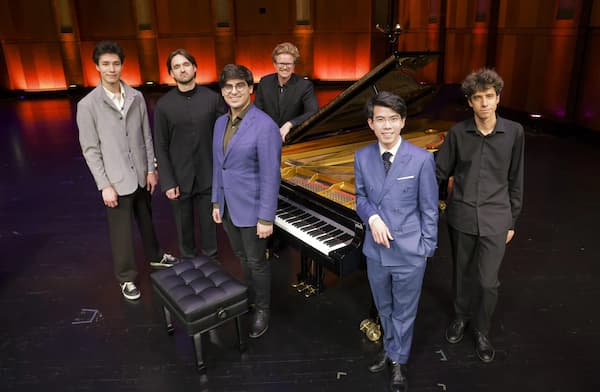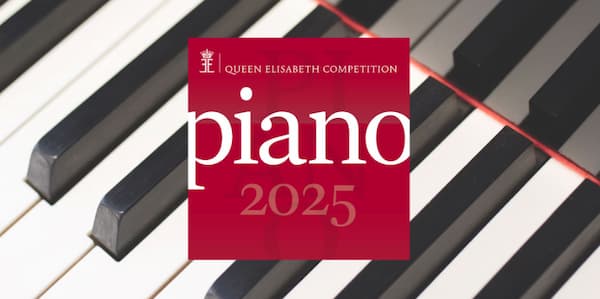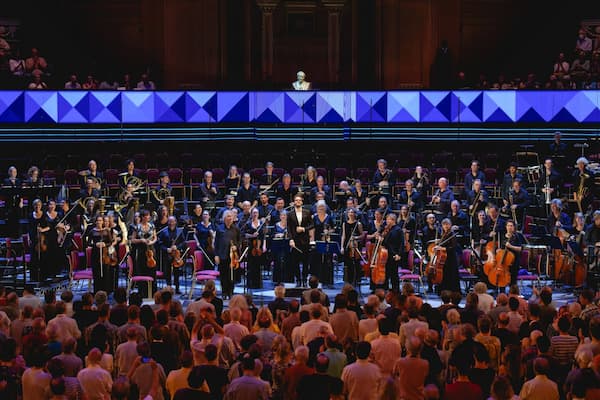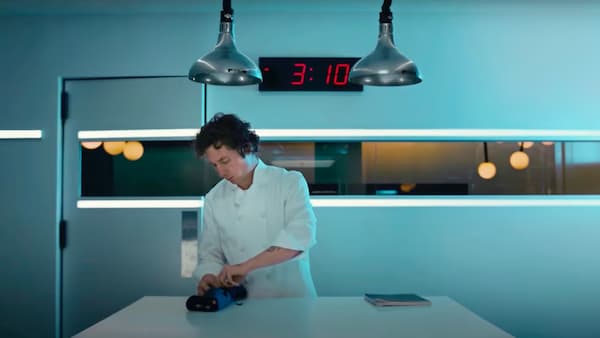 Such is the canonisation of classical music and the veneration of those who wrote, and write it, that the “composer’s intentions” are generally regarded as sacrosanct. Look at the value placed on “urtext” and autograph scores as receptacles of the “sacred text”, and the demands placed on musicians from the moment they begin their training to faithfully carry out the composer’s “intentions”.
Such is the canonisation of classical music and the veneration of those who wrote, and write it, that the “composer’s intentions” are generally regarded as sacrosanct. Look at the value placed on “urtext” and autograph scores as receptacles of the “sacred text”, and the demands placed on musicians from the moment they begin their training to faithfully carry out the composer’s “intentions”.
Performers are regularly and fulsomely praised for their adherence to “the composer’s intentions” or castigated for not respecting them. Performances which are deemed to respect the composer’s intentions are often held up as definitive and are then used as benchmarks by which other performances are measured. Alongside this comes high praise for the performer who becomes “invisible” and stands back in deference to “let the music speak for itself”. But this is ridiculous because the music requires a performer to bring it to life and communicate and shape the musical experience for the audience. Thus the performer becomes a crucial participant in this process:
The composer needs an intermediary-performer, a creative interpreter of his composition……..A musician-interpreter, at one and the same time, realizes his connection to the composer’s intentions, and realizes himself as an artistic personality: acknowledging both the enormous importance of the author of the composition – and at the same time his own role in the realization of the composer’s ideas
– Samuel Feinberg
Yet when playing the music written by dead composers, what else do we, the musicians, have to guide us to these hallowed “intentions” beyond the notes and markings on the score? There is, of course, plenty of scholarship on performance practices from past eras, and also contemporary accounts of how, for example, Chopin or Debussy played their music, and for composers such as Rachmaninoff and Prokofiev we have early recordings (though it comes as quite a shock to those who slavishly champion the composer’s intentions to find that Rachmaninoff’s performances are at some variance with his own published scores!). But such material is really only a vehicle for curiosity and theorising: we may believe it brings us closer to the composer’s vision, but we can never get inside the composer’s head nor hear the music as the composer heard it, as they intended it to be heard.
With contemporary music, questions about the composer’s intentions are often more practical than historical, and when working on a score by a living composer, one does at least have the option of discussing the score with the composer and asking the question “what did you mean here?” (and such questions may simply be a means of clarifying an ambiguous marking). Composers often find their original intentions shift when they first hear their music played by others and thus their intent and meaning is informed and shaped by the musician’s interpretation of the score and their individual personality (back to that quote by Feinberg, above).
The work of music may be the expression of an individual sensibility, and we may say the same of a performance: but once published, once played, they have become public property. That is why we can maintain that a composer does not always knows how best to interpret his own work. His knowledge of the piece may be more intimate at first, but he cannot control future performances, and his opinion of how to play it may be interesting but is not absolutely privileged.
– Charles Rosen
Composers don’t have total ownership of their music: once published, it becomes material to be shared with others – other musicians and listeners. Through music, composers create a vehicle for the performer to communicate with the audience but the performer is not a passive participant because a score cannot “play itself”. Performers take ownership of the music through their own interpretation – their decision on how to play the music informed by what is set out in the score, and also their knowledge, experience and imagination (the latter perhaps being the most important in terms of creating an interesting or exciting performance). Returning to the notion of the ‘invisible performer’, if musicians cannot bring their own personality to the music, then everyone and everything would sound largely the same. Music is as much the performer’s art and craft as the composer’s, and for the listener there should be as much excitement in a performer’s insights about a work, as demonstrated in their interpretation, as in the work itself. Why else do people seek out performances and recordings by certain performers – Andras Schiff, Daniil Trifonov, Angela Hewitt or Mitsuko Uchida, for example?
Max Richter: The Four Seasons (after A. Vivaldi) – Spring 1 (Daniel Hope, violin; Max Richter, keyboards; Berlin Konzerthau Orchestra; André de Ridder, cond.)
Thus the score, and the composer’s intentions as set out within it, is not the end point but rather the point of departure for the performer. We should not disregard what is in the score, but rather use it as a springboard for independent thought, musical curiosity and interpretative possibilities. This music must be read with care, knowledge and imagination – without necessarily believing every note and word that is printed (composers are not “always right”!). We make considered judgements and interpretative decisions in order to balance fidelity to the score with the possibilities offered by our own musical understanding, imagination and artistry, and trends in current performance practice. Additionally, the differences, both in interpretation and indeed listening preferences, are determined and/or influenced by factors which are not exclusively musical, such as personality, education, culture, age or, even one’s mood in the moment of performance. At this point, the musician goes “beyond the notes” and the markings in the score to create something that is both personal and true to the spirit of the composer’s intentions.
…what bestows upon the performer the status of artist and on the performance the status of art, is the real, full-bloodied possibility of the performer finding a better or at least different way of performing the music from the way the composer has specifically envisioned and explicitly instructed. This is what bestows upon the performance personal style and originality – what makes it the performer’s “version” of the work and not just the composer’s “version”.
– Peter Kivy, ‘Authenticities: Philosophical Reflections on Musical Performance’ (Cornell University Press, 1995)





After its creation, a piece of music becomes part of nature, such as a cristal or a person, or a tree. You can present it to other people under many different lights, in color, shade effects, and so on. That is the role of the interpreter, and the author can do nothing about that, exept to agree or not.